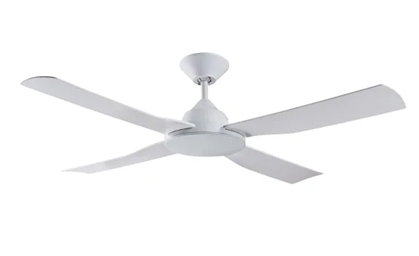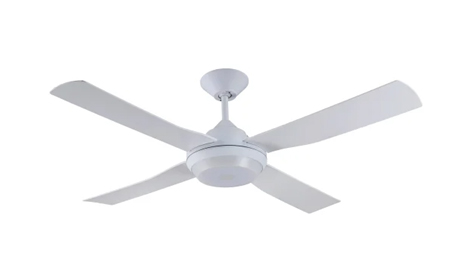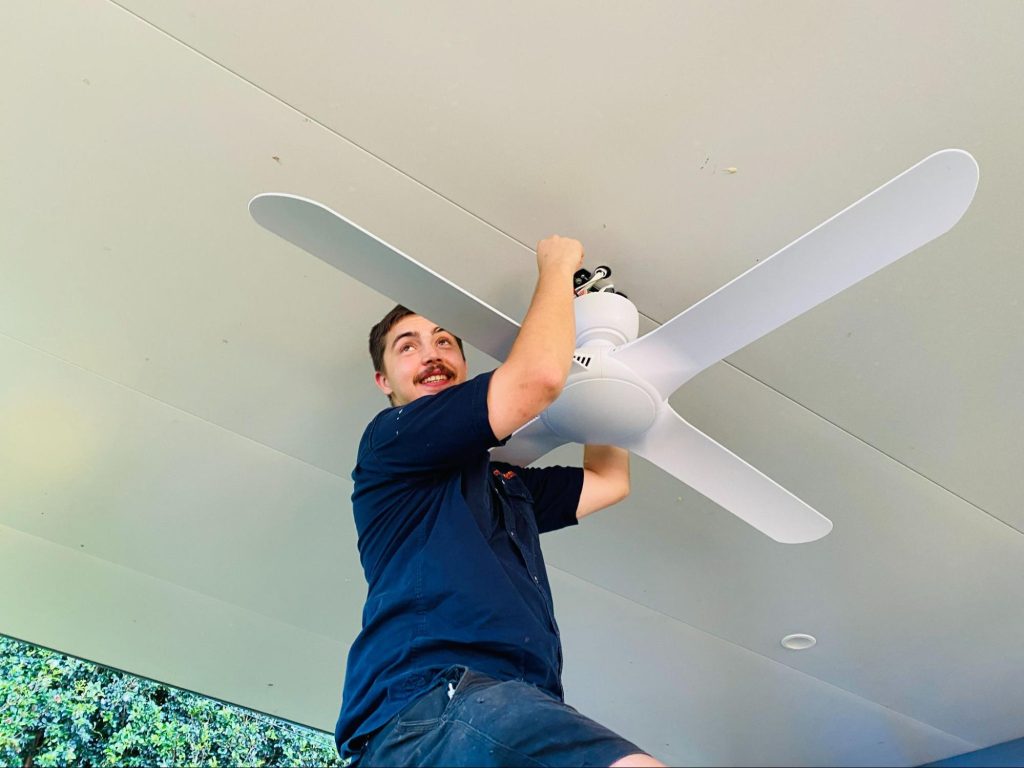DC and AC fans refer to the type of motor used inside a ceiling fan. There are a few differences between AC and DC fans which can impact upon the one you decide is better for your home or office.
Energy Efficiency
Firstly, DC fans are highly more energy efficient. They consume up to 70% less power than AC ceiling fans! DC fans allow the user more control over the rotating speed, which therefore reduces the power consumption, which in turn reduces the cost to run the fan.
Just as an example – an AC fan may consume up to 100 watts whereas a DC fan may only require 30 watts for the same results.
Appearance
DC powered ceiling fans have motors which are more compact and lighter, allowing the physical designs of the fans to be much slimmer and more compact than AC fans. This makes them appealing to many modern housing and business spaces. DC fans also offer the option of having a ceiling fan with a light or without a light.
Control
AC ceiling fans can be controlled by a few ways – a wall control, a pull cord directly from the fan, or a remote control. DC fans predominately are only controlled by a remote control (there are few exceptions). This is sometimes less desirable to users as remotes can often be damaged, lost or run out of batteries! In addition, DC fans often have more speed options than AC fans, meaning the user has more choice as to the best flow that suits them.
Noise
Both AC and DC fans on the market are quiet, however thanks to the slimline motor and various speed settings, the DC fan is extremely quiet!
Cost
Due to the size and efficiency of the DC motor, DC fans are usually more expensive than AC fans.
 |
 |
| DC Fan without light | DC Fan with light |
So which fan is the better fan? Well as with most things, it depends on many factors unique to your situation and needs. Both will give you a similar result, so often the main deciding factor is budget and style!




